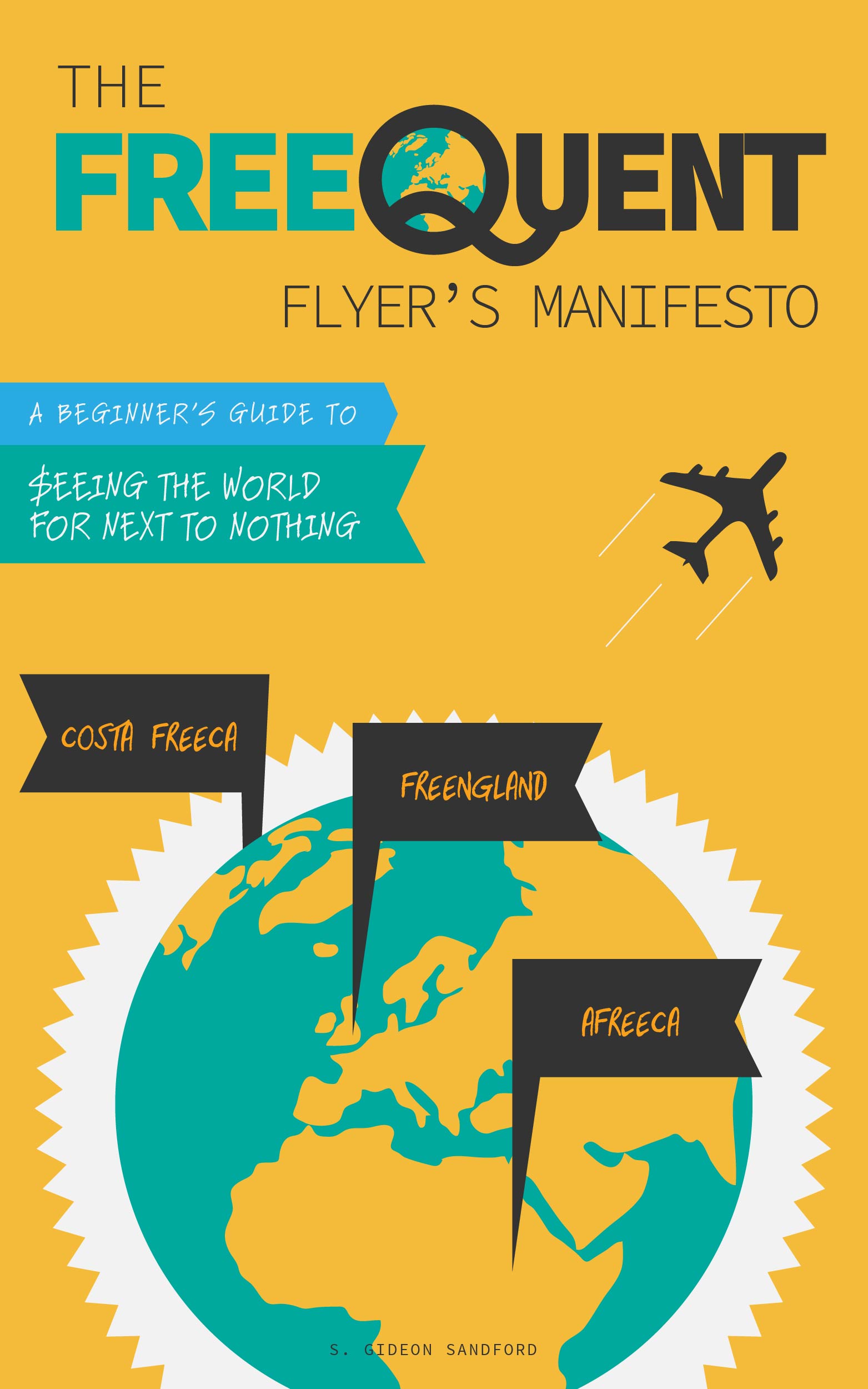In the comments section of my walkthrough on redeeming Barclaycard Arrival World MasterCard "miles" for statement credits against travel purchases, reader .net replied:
Geez, all the blather about the Arrival card when the even better NFL card is ignored? I guess the affiliate bonuses are higher?
NFL card is essentially a $600 cb card as almost everyone gets the additional 20000 point offer if you spend $500 per month for 3 months. You can use points to pay down your balance, which is far better than being forced to use only on travel.
To be honest, I had forgotten about the NFL card since it's not a travel rewards credit card and it only earns 1% cash back on all purchases (except NFL purchases - not a high-spend category for me).
Extra Points NFL vs. Arrival World
s my readers know, the Arrival World MasterCard has no annual fee the first year, and has a signup bonus of 40,000 "miles" after spending $1,000 on the card within 90 days. Those 40,000 miles can be redeemed for up to $444 in statement credits against travel purchases. After the first year, the annual fee is $89, which is only worth paying if you plan on spending more than $40,050 on the card, since there are no-annual-fee credits cards which offer 2% cash back on all purchases, while the Arrival World MasterCard offers a "true" earning rate of 2.22% cash back, because of the 10% rebate for statement credits against travel purchases.
How does the Extra Points NFL card compare? The stated signup bonus is somewhat smaller, with a higher minimum spending requirement: 40,000 points, which can be redeemed for $400 in statement credits (instead of $444), after spending $2,500 (instead of $1,000) within 90 days. On the other hand, the NFL statement credits can be against any purchase, for example, a $400 Amazon Payments transaction, making it as good as cash, while you might prefer to put your travel purchases on a credit card that gives bonuses for spending on travel, like the Chase Sapphire Preferred (all travel), Ink Bold or Ink Plus (hotels), or American Express Premier Rewards Gold or Business Gold Rewards (airfare) cards.
As .net pointed out, there are also reports of Extra Points NFL cardholders receiving an offer from Barclaycard of 20,000 additional points for spending $500 on the card every month for 3 months. While .net claims "almost everyone" gets this offer, I personally travel hack quite conservatively, and certainly wouldn't count on receiving this additional offer, although I'd obviously be pleased if I did.
ow to decide
If, like me, you value the ability to get a 64.5% discount on paid travel, for example in order to earn airline elite status and hotel stay and night credits as well as hotel points, then the Arrival World MasterCard allows you to do so, by manufacturing 2.22 cents in travel redemptions at a cost of 0.79 cents during the first, fee-free year.
If you conserve your manufactured spend budget in order to hit high spend bonuses on cards like the American Express Delta Platinum and Reserve cards, or even medium spend bonuses on cards like the Citi Hilton HHonors Reserve card, which I wrote about earlier this week, then you may be better off applying for the Extra Points NFL card, redeeming the signup bonus, and forgetting about it.
Finally, if you can manufacture essentially unlimited spend at a low, fixed cost, then there's no reason not to apply for both cards in two application cycles, at least 91 days apart. Use the Extra Points NFL card to earn an easy $400, and use the Arrival World MasterCard to earn 2.22% cash back on your manufactured spend the first, fee-free year.


